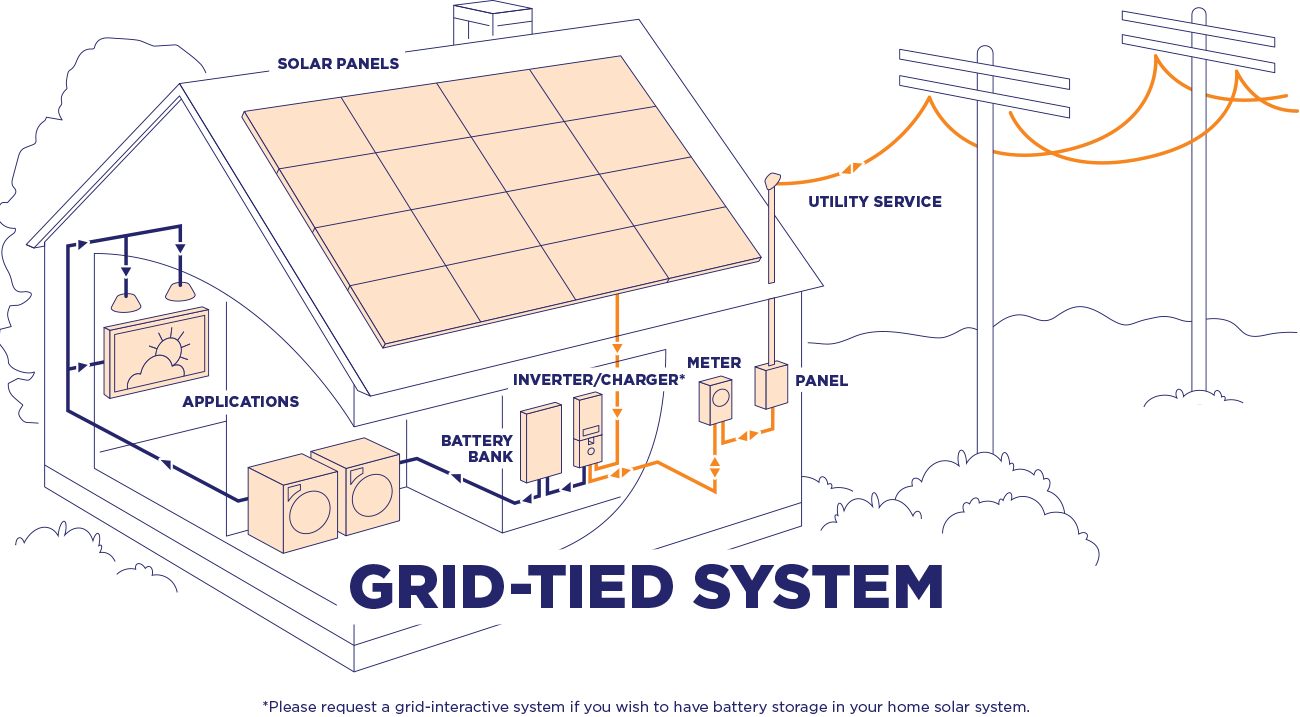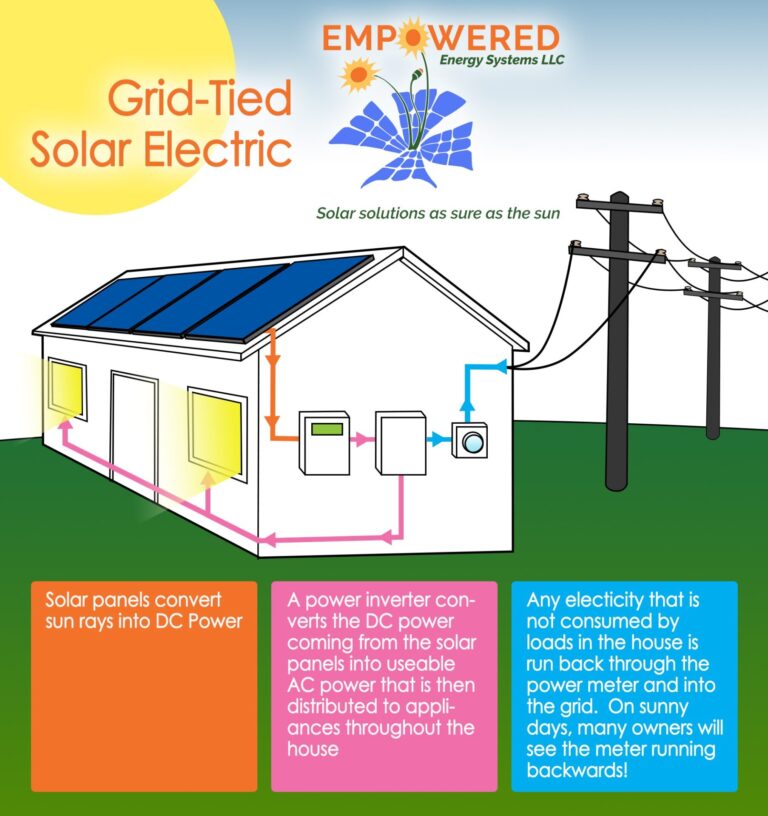Residential Grid-tied Solar Panel Wiring Setup
“Residential grid-tied solar panel wiring setup”
A residential grid-tied solar panel system is a type of solar panel setup that allows homeowners to generate their own electricity while still being connected to the grid. In this article, we will delve into the details of a residential grid-tied solar panel wiring setup, including the components, installation process, and safety considerations.
Introduction to Grid-Tied Solar Panel Systems
A grid-tied solar panel system is a type of solar panel setup that uses an inverter to convert the DC power generated by the solar panels into AC power, which is then fed into the grid. This allows homeowners to use the electricity generated by their solar panels to power their homes, while also selling any excess energy back to the grid. Grid-tied systems are popular because they offer several benefits, including:
- Net metering: Grid-tied systems allow homeowners to sell excess energy back to the grid, which can help to offset their energy bills.
- No battery required: Unlike off-grid systems, grid-tied systems do not require a battery to store excess energy, which can be a significant cost savings.
- Increased efficiency: Grid-tied systems can be more efficient than off-grid systems because they do not require a battery, which can lose energy through charging and discharging.
Components of a Residential Grid-Tied Solar Panel Wiring Setup
A residential grid-tied solar panel wiring setup typically consists of the following components:
- Solar panels: These are the photovoltaic (PV) panels that generate electricity from sunlight. They are typically installed on the roof of the home.
- Inverter: This is the component that converts the DC power generated by the solar panels into AC power, which can be used by the home.
- Mounting system: This is the system used to secure the solar panels to the roof of the home.
- Wiring: This includes the electrical wiring that connects the solar panels, inverter, and other components of the system.
- Grounding system: This is the system used to connect the solar panel system to the earth, which helps to prevent electrical shock.
- Monitoring system: This is the system used to monitor the performance of the solar panel system, including the amount of energy generated and any errors or issues.


Installation Process
The installation process for a residential grid-tied solar panel wiring setup typically involves the following steps:
- Assessment: A solar panel installation company will assess the home to determine the best location for the solar panels, as well as the size and type of system required.
- Design: The installation company will design the system, including the layout of the solar panels, the type and size of the inverter, and the wiring and grounding systems.
- Permitting: The installation company will obtain the necessary permits and approvals from the local government and utility company.
- Installation: The installation company will install the solar panels, mounting system, inverter, and wiring and grounding systems.
- Testing and commissioning: The installation company will test and commission the system to ensure that it is working properly and safely.
- Inspection: The installation company will inspect the system to ensure that it meets all local and national electrical codes and standards.

Wiring Considerations
The wiring of a residential grid-tied solar panel system is critical to the safe and efficient operation of the system. The following are some key wiring considerations:
- Wire sizing: The wire size must be sufficient to handle the amount of current generated by the solar panels, as well as the voltage and power requirements of the inverter.
- Insulation: The wiring must be properly insulated to prevent electrical shock and ensure safe operation.
- Grounding: The wiring must be properly grounded to prevent electrical shock and ensure safe operation.
- Labeling: The wiring must be properly labeled to ensure that it can be easily identified and maintained.
Safety Considerations
The safety of a residential grid-tied solar panel wiring setup is critical to prevent electrical shock and ensure safe operation. The following are some key safety considerations:
- Electrical shock: The system must be designed and installed to prevent electrical shock, including proper grounding and insulation of the wiring.
- Fire risk: The system must be designed and installed to prevent fire risk, including proper installation of the inverter and wiring.
- Overcurrent protection: The system must be designed and installed with overcurrent protection devices, such as fuses or circuit breakers, to prevent overcurrent and electrical shock.
- Arc fault protection: The system must be designed and installed with arc fault protection devices, such as arc fault circuit interrupters (AFCIs), to prevent arcing and electrical shock.
Monitoring and Maintenance
To ensure the safe and efficient operation of a residential grid-tied solar panel wiring setup, regular monitoring and maintenance is required. The following are some key monitoring and maintenance considerations:
- System monitoring: The system must be monitored regularly to ensure that it is working properly and safely, including monitoring of the amount of energy generated and any errors or issues.
- Inverter maintenance: The inverter must be maintained regularly, including cleaning and replacement of filters, to ensure proper operation.
- Wiring maintenance: The wiring must be maintained regularly, including inspection and replacement of worn or damaged wiring, to ensure safe and efficient operation.
- Grounding system maintenance: The grounding system must be maintained regularly, including inspection and replacement of worn or damaged grounding components, to ensure safe and efficient operation.
Conclusion
A residential grid-tied solar panel wiring setup is a complex system that requires careful design, installation, and maintenance to ensure safe and efficient operation. By understanding the components, installation process, wiring considerations, safety considerations, and monitoring and maintenance requirements of a grid-tied solar panel system, homeowners can enjoy the benefits of renewable energy while minimizing the risks. Whether you are a homeowner looking to install a solar panel system or a solar panel installation company looking to provide safe and efficient installations, this article provides a comprehensive guide to residential grid-tied solar panel wiring setups.
